Search results for 'wax'
-
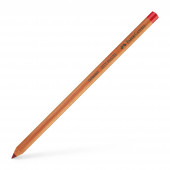
Faber-Castell Pitt Wax Free Pastel Pencils
Starting at: £2.60
-
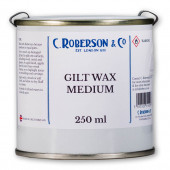
Roberson Gilt Wax Medium
Starting at: £15.00
-
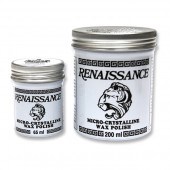
Renaissance Wax
Starting at: £14.00
-
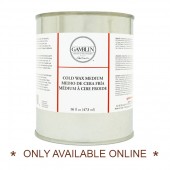
Gamblin Cold Wax Medium
Starting at: £12.60
-
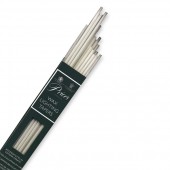
Price's Wax Tapers, Box of 55
£9.30
-
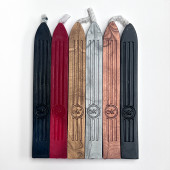
Sealing Wax Mura
Starting at: £2.26
-
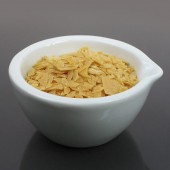
Carnauba Wax Yellow
Starting at: £6.50
-
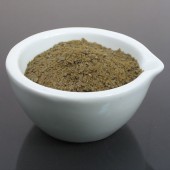
Carnauba Wax Grey
Starting at: £8.40
-
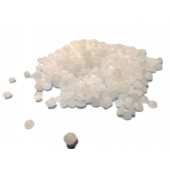
Microcrystalline Wax
Starting at: £8.50
-
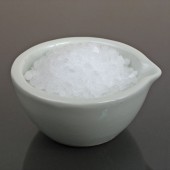
Paraffin Wax
Starting at: £6.60
-
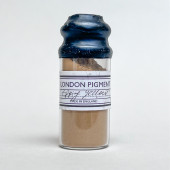
London Pigment, Epping Forest Yellow Ochre Pigment
£18.00Call to Order
-
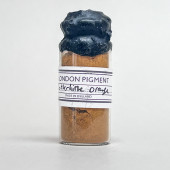
London Pigment, Rotherhithe Orange Pigment
£20.00Call to Order




